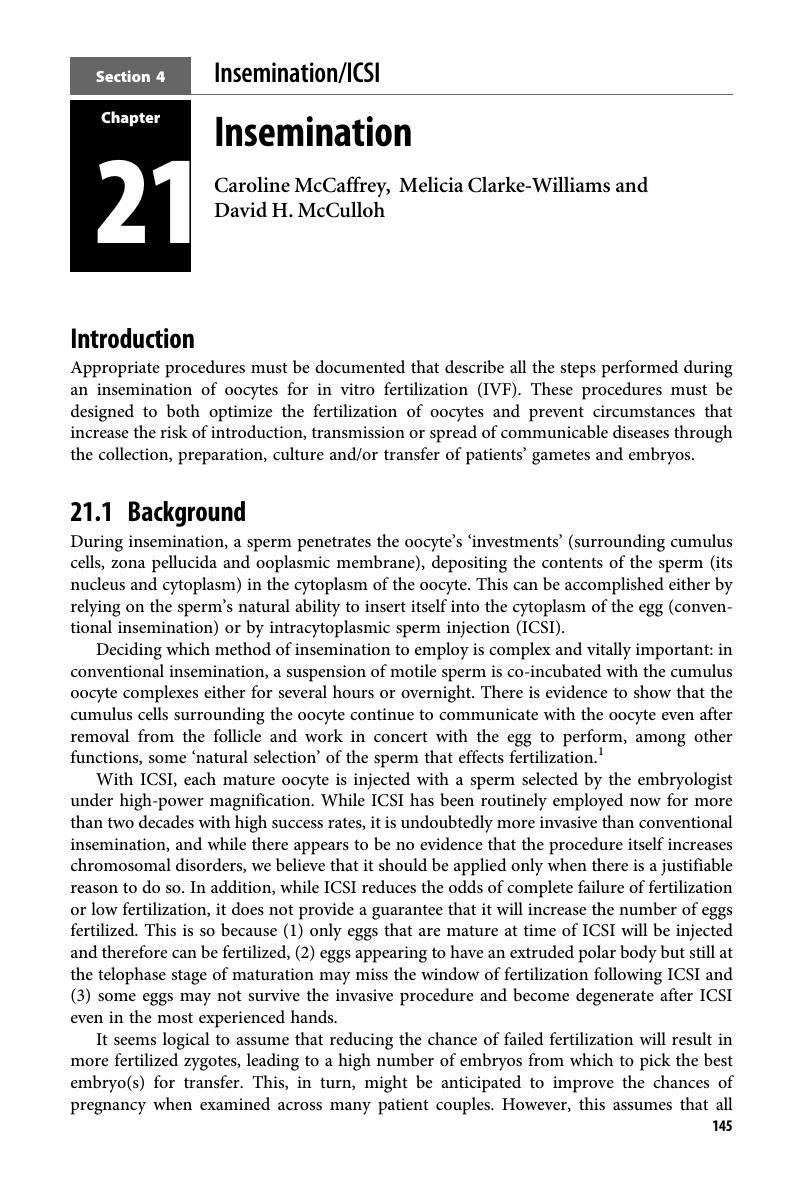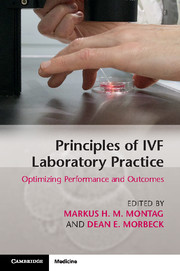Book contents
- Principles of IVF Laboratory Practice
- Principles of IVF Laboratory Practice
- Copyright page
- Contents
- Contributors
- Foreword
- Preface
- Section 1 Starting a New Laboratory and Training Protocols
- Section 2 Pre-Procedure Protocols
- Section 3 Gametes
- Section 4 Insemination/ICSI
- Section 5 Fertilization Assessment
- Section 6 Embryo Assessment
- Section 7 Embryo Cryopreservation
- Section 8 Embryo Biopsy
- Section 9 Embryo Transfer
- Section 10 Quality Management
- Index
- PDF Only
- References
Section 4 - Insemination/ICSI
Published online by Cambridge University Press: 11 May 2017
- Principles of IVF Laboratory Practice
- Principles of IVF Laboratory Practice
- Copyright page
- Contents
- Contributors
- Foreword
- Preface
- Section 1 Starting a New Laboratory and Training Protocols
- Section 2 Pre-Procedure Protocols
- Section 3 Gametes
- Section 4 Insemination/ICSI
- Section 5 Fertilization Assessment
- Section 6 Embryo Assessment
- Section 7 Embryo Cryopreservation
- Section 8 Embryo Biopsy
- Section 9 Embryo Transfer
- Section 10 Quality Management
- Index
- PDF Only
- References
Summary

- Type
- Chapter
- Information
- Principles of IVF Laboratory PracticeOptimizing Performance and Outcomes, pp. 145 - 180Publisher: Cambridge University PressPrint publication year: 2017



